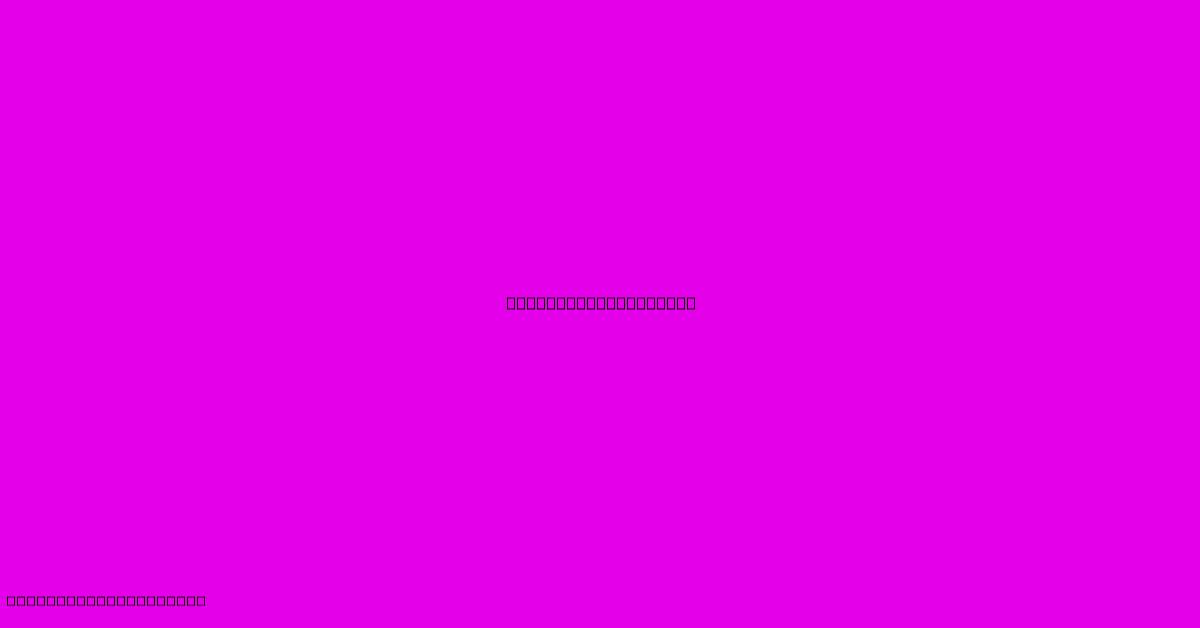Fireplace Downdraft

Table of Contents
Understanding and Solving Fireplace Downdraft Problems
A cozy fireplace is a hallmark of comfort and warmth, but what happens when your carefully crafted ambiance turns into a smoky nightmare? The culprit might be fireplace downdraft, a frustrating issue that forces smoke and gases back into the room instead of venting them properly. This comprehensive guide will delve into the causes, consequences, and solutions to this common fireplace problem.
What is Fireplace Downdraft?
Fireplace downdraft, also known as backdrafting, occurs when atmospheric pressure outside your chimney is higher than the pressure inside. This pressure difference reverses the normal airflow, pushing smoke and potentially dangerous combustion byproducts back into your living space. It's not just unpleasant; it's a serious safety concern.
Key Factors Contributing to Downdraft:
Several factors can contribute to fireplace downdraft, including:
- High external wind speeds: Strong winds pressing against the chimney opening can create significant pressure differences.
- Poor chimney design or maintenance: A short, narrow, or improperly constructed chimney is more susceptible to downdraft. Blocked flues due to creosote buildup or animal nests exacerbate the problem.
- Barometric pressure changes: Rapid changes in atmospheric pressure can disrupt the natural chimney draft.
- Temperature inversions: A layer of warm air above a layer of cool air can trap smoke and prevent it from rising properly. This is more common during calm, cold weather.
- Surrounding building structures: Tall buildings or trees near your chimney can interfere with airflow and increase the likelihood of downdraft.
Recognizing the Signs of Downdraft
Identifying downdraft early is crucial. Look out for these telltale signs:
- Smoke entering the room: This is the most obvious indicator – smoke billowing into your living area instead of going up the chimney.
- Soot buildup: Excessive soot deposits around the fireplace opening and inside the chimney indicate poor airflow.
- Creosote accumulation: A significant increase in creosote buildup signifies incomplete combustion and can lead to chimney fires.
- Strange smells: A lingering smell of smoke or gas even when the fireplace is not in use is a warning sign.
- Difficulty lighting the fire: Struggling to light the fire or maintain a consistent flame is another potential symptom.
Solutions for Fireplace Downdraft
Fortunately, there are several effective ways to address fireplace downdraft:
1. Improve Chimney Draft:**
- Chimney cap: Installing a properly sized and designed chimney cap helps prevent wind from directly entering the chimney and disrupting the draft.
- Chimney extension: Extending the height of your chimney can significantly improve its draft and reduce the impact of wind.
- Professional chimney cleaning: Regular cleaning removes creosote buildup and ensures optimal airflow. Schedule an annual inspection for safety and efficiency.
2. Address External Factors:**
- Windbreaks: Strategically planting trees or constructing windbreaks can mitigate the effects of strong winds.
- External vents: Ensure other vents in your home are properly functioning to prevent pressure imbalances that can exacerbate downdraft.
3. Utilize Draft Inducers:**
- Electric fireplace fans: These small fans help pull smoke up the chimney and create better airflow.
- External blowers: For more severe cases, a professional may install an external blower to forcefully exhaust smoke and gases.
4. Consider Fireplace Inserts:**
- Efficient inserts: Modern fireplace inserts are designed to improve combustion efficiency and reduce the likelihood of downdraft. They also improve heat output.
Preventing Future Downdrafts
Proactive measures can significantly reduce the chances of experiencing future downdrafts:
- Regular chimney inspections: Annual inspections are essential for identifying and addressing potential problems early on.
- Proper maintenance: Clean your chimney regularly, check for cracks and damage, and ensure the damper operates smoothly.
- Understand weather conditions: Be aware of high winds and temperature inversions and adjust your fireplace use accordingly.
Fireplace downdraft is a serious issue that demands prompt attention. Don't hesitate to contact a qualified chimney professional if you suspect a downdraft problem. Addressing the issue promptly not only ensures your safety and comfort but also prevents potential damage to your fireplace and chimney. Remember, prevention is always better than cure!

Thank you for visiting our website wich cover about Fireplace Downdraft. We hope the information provided has been useful to you. Feel free to contact us if you have any questions or need further assistance. See you next time and dont miss to bookmark.
Featured Posts
-
Low Bushes For Landscaping
Jan 20, 2025
-
Wicker Outdoor Patio Dining Sets
Jan 20, 2025
-
Water Resistant Ceiling Fans
Jan 20, 2025
-
Celtic Vs Rangers Sky Sports Cup Details
Jan 20, 2025
-
4 Bedroom 3 Bathroom Home
Jan 20, 2025